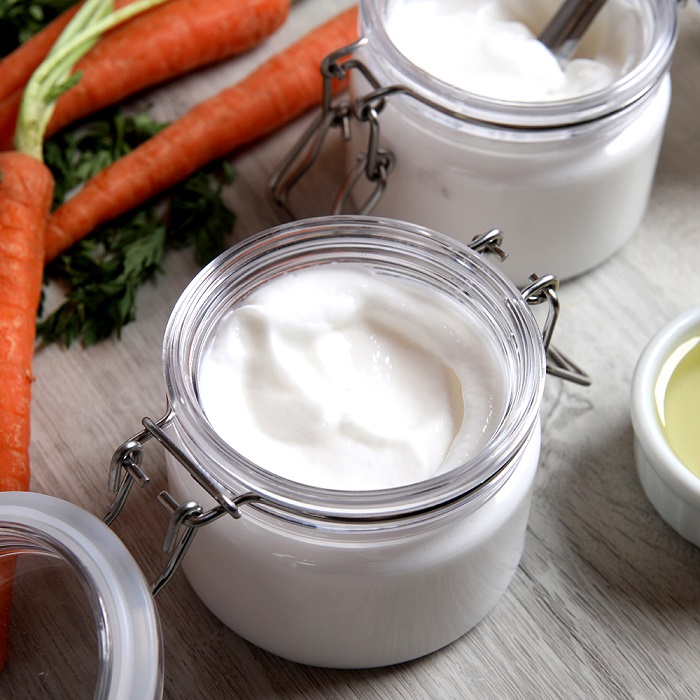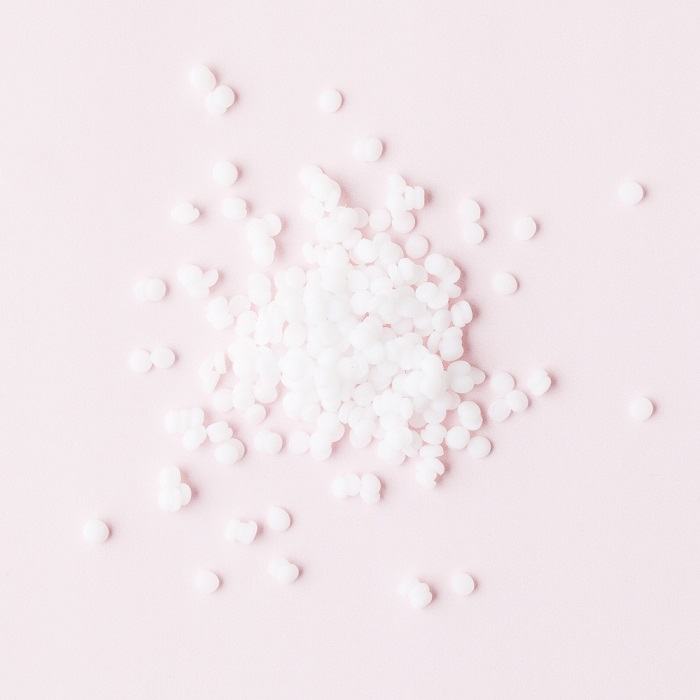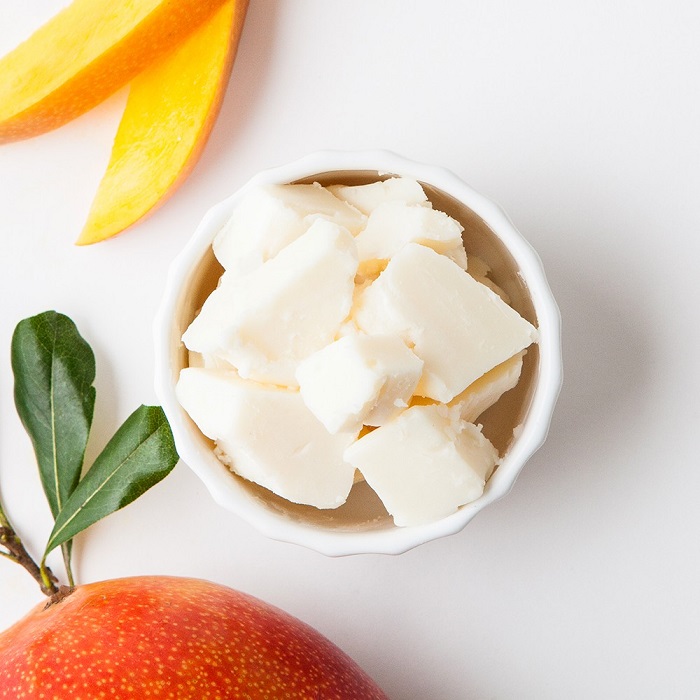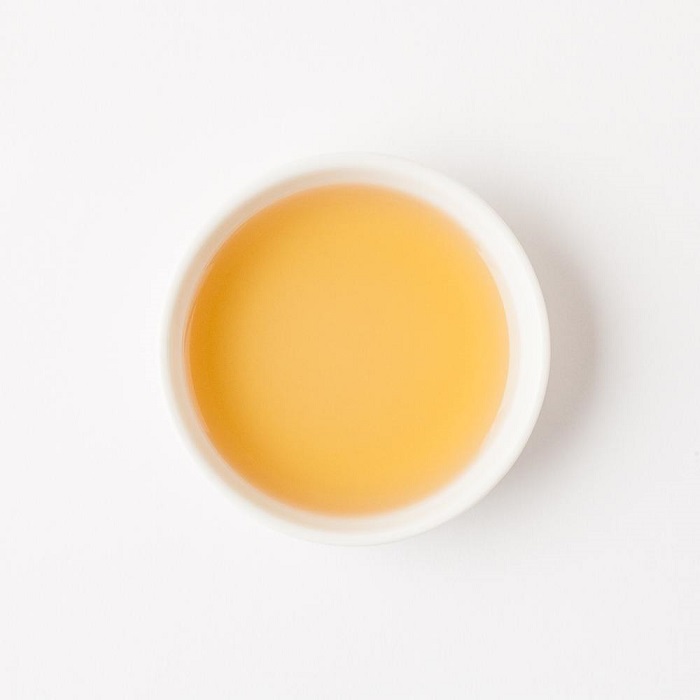A lot of us use conditioner, maybe just because we’ve always been told that we need it. But what is conditioner? What does it do for our hair? And do we really need it? We have the information and answers that you need about hair conditioner.

What is hair conditioner?
Hair conditioner is a product that we use to undo some of the effects of shampoo. It’s often an emulsion of water based and oil based ingredients, kind of like a lotion for your hair. Many shampoos have a somewhat alkaline pH, while the natural environment of your hair and skin is slightly acidic. Excess alkalinity causes scales on the hair shaft surface to open up, and then the hair can tangle quite badly, almost like velcro.
Shampoo is sometimes too good at its job, too. Shampoos contain effective surfactants that strip away the oils from the hair shaft and scalp, which is what they’re intended to do. But the sebum that coats the hair strands and scalp are actually protective, so when you wash them away, your hair may feel dry and become more susceptible to environmental damage and breakage.
To combat these things, we use conditioner to keep hair healthier and easier to manage.
While hair conditioner seems like a very modern concept, in history men used to use an oil called macassar oil to soften and protect their hair, including beards and mustaches. It was in such common use that one used to have to pin squares of fabric, known as antimacassars, to the headrests of chairs and couches to prevent the upholstery from damage and staining from the oil.
Fortunately, today’s conditioners are much less likely to stain your furniture.
What does hair conditioner do?
There are a few ways that conditioners help our hair.
First of all, many conditioners contain hydrating and protective oils. These can include things like jojoba oil, which mimics our own sebum, or argan oil, which may soften the strands of dry or coarse hair. Some of these oils seep into the hair shaft and make it stronger and more flexible. Others will coat the hair, creating a barrier that helps prevent the hair from drying out and makes the surface of the hair shaft more slippery.
Conditioners are often slightly acidic, which causes the scales on the surface of the hair to close up and lay flat against the shaft. This prevents that velcro-like effect and reduces tangling.
Conditioners often contain silicones, which help to prevent tangles by increasing the slip of the hair. This also makes detangling easier. In fact, watered down conditioner can make a great detangling solution if your hair has gotten extra tangled.
We know that shampoos contain surfactants to break down sebum so it can be washed away, but conditioners also contain surfactants. These are called cationic surfactants, and as a surfactant they have a hydrophilic and a hydrophobic end. Cationic surfactants are positively charged, their hydrophilic end binds to your hair and the hydrophobic ends stick out. The end result is that your hair has this hydrophobic barrier around it, protecting your hair from drying out and from environmental stressors.

Some different types of conditioner
There are many different kinds of conditioner. We’re going to cover the most common kinds here, because knowing what’s out there can help you make more informed choices as a consumer and a crafter.
Deep conditioning treatments or hair masks: These tend to be intense conditioning formulas that provide one big dose of conditioning agents. They’re designed to sit on the hair for some time, often around 30 minutes, before being rinsed or washed out. Typically, you’d use a deep conditioning treatment around once a week, or more if your hair feels dry. Some folks with oily hair don’t use them at all.
Rinse out conditioner: This is probably the most common kind of conditioner. It goes on clean wet hair, is left in for just a few minutes, and is then rinsed out. These are typically used after shampooing, to immediately replace the oils stripped away by shampoo and help protect the hair.
Leave in conditioner: These conditioners are typically a lighter formula that doesn’t leave the hair weighed down or greasy feeling. They’re often sprayed on to hair, and are used similarly to a hair oil; they help to prevent tangles and frizz, to make hair shiny and manageable and to protect it through the day. Leave in conditioners are often used by folks with dry, curly, or textured hair.
Hold conditioner: This product is a conditioner that is also used to keep hair in place. A lot of styling products contain drying ingredients like alcohol, but hold conditioners are designed to style hair while hydrating and protecting it. They usually look like a diluted hair gel.
Cleansing conditioner: Cleansing conditioner is a relatively new product. They contain a combination of cationic surfactants for protection and manageability along with regular surfactants for cleaning away oils and dirt. These are often used in place of a traditional shampoo, like a cleansing cream for your face. Folks with very dry, damaged, or curly hair may use a cleansing conditioner as a treatment before shampooing.
So do we need conditioner?
A lot of people, especially those with short hair, opt to not use conditioner. And when a short haircut is maintained, it’s true that the hair may not have enough time to become stripped or damaged by shampoo and the environment.
But all hair can benefit from the hydrating and protective qualities of a good quality hair conditioner. It doesn’t just keep your hair from tangling; it helps prevent flyaways and keep hair looking smooth and shiny.
Beyond that, though, an often overlooked aspect of hair care is actually scalp care. When you have a healthy scalp, you’ll have healthier and better looking hair. It’s not just about dandruff; it’s about dry skin, clogged pores, and possibly irritated or rashy scalp.
We noted above that hair conditioner is sort of like a lotion for your hair, but it’s good for your scalp, too. The same ingredients that hydrate, nourish, and protect your hair also hydrate, nourish, and protect your scalp. This is because the outermost layer of your skin, the stratum corneum, is made of dead cells called keratinocytes. These are skin cells that have been coated with a layer of keratin, and that makes them much tougher than the underlying skin. Hair, as we know, is also made of keratin. So what’s good for your hair can also be good for your scalp.
It’s important to keep in mind that some hair care ingredients can irritate skin, and everyone’s skin and hair are different. So if you decide to use conditioner, find the one that’s just right for you.
What to look for in conditioner
So when you’re shopping for conditioner, what should you look for?
There are going to be some marketing claims on the bottle of conditioner, but ignore those and check out the back. Specifically the ingredients list.
Water is almost always going to be the first ingredient. Then you can start reading down the list. There are a few conditioning agents that you’ll want to make sure are there.
Emollients
These ingredients help soften hair. They are likely to appear as fatty alcohols. These aren’t the kind of alcohol that dry out your hair. Some examples are:
- Cetyl alcohol
- Stearyl alcohol
- Lauryl alcohol
- Myristyl alcohol
Cationic surfactants
We talked a little bit about cationic surfactants above, and how they coat hair to make it smoother and more manageable. They won’t be on the label as “cationic surfactants,” though. Here are a few you might see:
- Behentrimonium methosulfate
- Cetrimonium chloride
- Stearalkonium chloride
- Brassicamidopropyl Dimethylamine
Oils
Oils are a fantastic component for conditioners, and there are some oils we really like for hair care. They may appear with their common name, but are more likely to use their INCI name. Here are some examples.
- Coconut oil (cocos nucifera oil)
- Shea butter (Butyrospermum parkii oil)
- Mango butter (mangifera indica oil)
- Jojoba oil (simmondsia chinesis seed oil)
- Olive oil (olea europaea fruit oil)

These are very common oils used in hair conditioner, but this list is not exhaustive.
Humectants
Finally, good quality conditioner will contain a humectant or two. These are substances that sink into your hair and absorb and hold moisture. Some humectant ingredients include:
- Glycerin
- Propylene glycol
- Honey
- DL-Panthenol

Apart from those, you may also see botanicals like aloe and hibiscus, vitamin E, and essential oils.
Knowing what you’re looking at when reading conditioner labels can help you figure out what conditioner to try.
Conditioners that contain more oils than water are going to be heavy and might make your hair feel greasy, so keep that in mind.
Heavy conditioners that work great for curly or dry hair can make thin hair look limp and even oily, so make sure you take your hair type into account when choosing conditioners.
Making DIY conditioner
We’ve talked quite a lot about buying the right conditioner, but the absolute best way to make sure your conditioner is right for your hair is to make your own.
Yes, you can make your own conditioner!
Because conditioner is in essence an emulsion of water and oil, you can make it more or less as easily as you can make your lotion. The balance of water and oil-based ingredients is important, because too much oil will make a very thick and heavy conditioner, while too much water will make it very runny. You can also exceed your emulsifier’s ability to hold oil and water together, and then your conditioner will separate out.
Once you have your oil and your water, you want to add an emollient and a humectant (or more) to keep your hair hydrated and smooth, and a cationic surfactant to make it manageable. From there, you can add all kinds of botanical extracts, essential oils, and other ingredients to make just the right conditioner for you!
Not only is it customized, but high quality custom hair care products can cost upwards of $30 per bottle, so you might just be saving money, too. If you want to get started making your own DIY hair conditioner, check out this Carrot Hair Conditioner Project.
Now you have all the information you need to be an informed conditioner consumer, or maker. All of us can benefit from using conditioner, especially if it's the perfect one for your own unique hair and skin. Now that you know, get prepared for soft, shiny, manageable hair!

